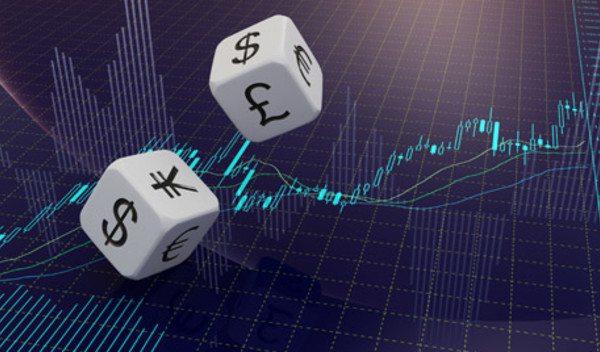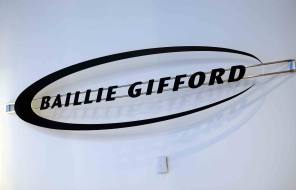

Baillie Gifford is to include portfolio turnover figures in its retail fund factsheets in a fresh attempt to highlight active managers’ credentials and throw down a gauntlet on fund transparency.
From December, updates on the firm’s retail offerings will include an annual portfolio turnover figure, providing a measure of how often assets are bought or sold.
The move follows the fund house’s decision to disclose a measure of active share in portfolios last year, in a bid to separate the firm’s offerings from so-called ‘closet tracker’ funds that differ only negligibly from their benchmark.
Baillie Gifford said it was not aware of any other asset manager currently disclosing turnover on their factsheets.
“Well-documented research shows that managers with a high active share, low portfolio turnover, a long investment horizon and who engage with company management are more likely to outperform indices after fees,” said James Budden, director of retail marketing and distribution at the company.
He added: “These numbers are important because they provide evidence that we take a credible long-term approach to investing in an increasingly short-term environment.
“Low turnover also points to lower trading costs, which is good for investors who, in turn, need this kind of transparency if they are going to be able to separate the genuinely active from the index huggers and high-turnover traders.”
While managers and other investment professionals are often quick to stress the need for a long-term investment approach, a number of significant and unexpected macro events may have boosted turnover for some, alongside tactical trading.
Recent examples include last week’s US election shock, which initially dealt a blow to risk asset valuations, as well as June’s surprise Brexit vote, which precipitated a violent lurch in markets.
Other events – such as the market downturn in early 2016, attributed by some to fears about global growth – have seen valuations shift significantly, potentially prompting portfolio churn from managers.
According to Baillie Gifford, the level of turnover ranged widely across its portfolios as at the end of October this year.
While the Baillie Gifford American fund had a rate of 33 per cent, the measure for the firm’s Global Discovery fund was just 5 per cent.
Most other products, such as the Global Income Growth fund, have a turnover rate of under 20 per cent.
The asset manager is not the first to stress the necessity of a long-term approach as markets appear volatile.
Last year, in the wake of a summer that saw markets tumble, partly because of concerns about the Chinese economy, Columbia Threadneedle manager David Dudding criticised skittish investors too ready to trade portfolios, telling them “what’s in the papers is [already] in the price”.
Baillie Gifford retail fund turnover figures
| Oeic | Annual turnover rate |
| American fund | 33.1 |
| British Smaller Companies fund | 9.4 |
| Developed Asia Pacific fund | 22.5 |
| Emerging Markets Growth fund | 18.2 |
| Emerging Markets Leading Companies fund | 9.9 |
| European fund | 9.8 |
| Global Alpha Growth fund | 15.6 |
| Global Discovery fund | 5.2 |
| Global Income Growth fund | 12.5 |
| Greater China fund | 14.3 |
| International fund | 16.5 |
| Japanese fund | 9.4 |
| Japanese Smaller Companies fund | 15.2 |
| Long Term Global Growth | 12.7 |
| Pacific fund | 15.4 |
| UK Equity Alpha fund | 26.6 |
| As at end October. | |
| Source: Baillie Gifford |



